Creating a well-organized tack room transforms your daily equestrian routine from chaos to efficiency. The heart of any successful horse facility lies in thoughtful storage solutions that protect valuable equipment while maintaining easy access to essential gear. Modern tack rooms have evolved beyond simple storage spaces into stylish environments that reflect both functionality and personal taste. Whether you're working with a compact corner or expansive dedicated room, smart design choices maximize every square inch while keeping leather goods safe from moisture and damage. From rustic charm to contemporary minimalism, these comprehensive design approaches demonstrate how proper organization enhances both the longevity of your equipment and the joy of your riding experience.
1. Rustic Barn Wood Tack Room Design
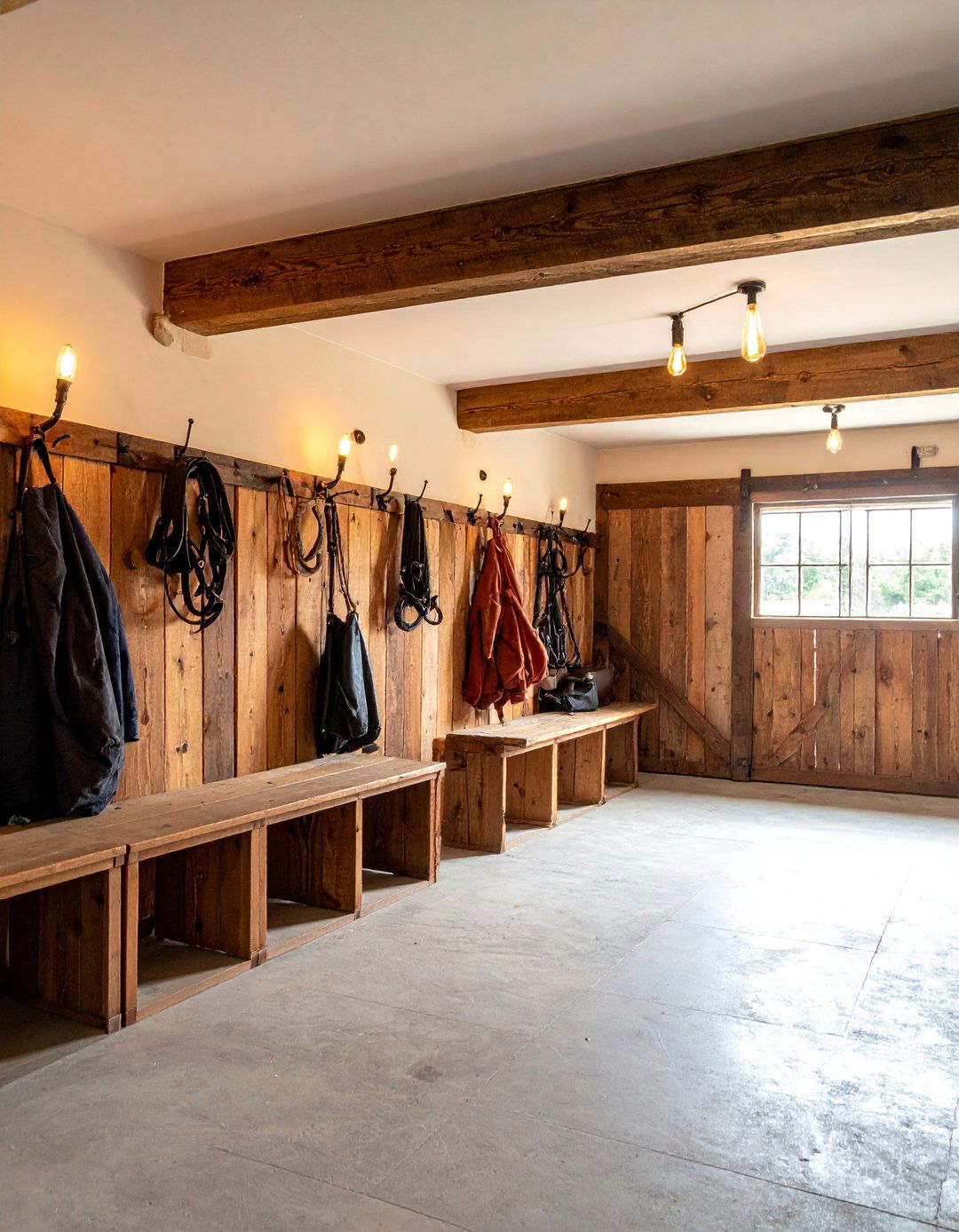
Weathered barn wood walls paired with vintage horseshoe hooks create an authentic Western atmosphere that celebrates equestrian tradition. This design features reclaimed timber saddle racks, wrought iron bridle hangers, and distressed metal accents that develop character over time. Natural wood grain provides warmth while built-in storage benches offer seating and concealed compartment space. Edison bulb lighting fixtures enhance the nostalgic ambiance, while cedar-lined trunks protect blankets and seasonal gear. The rustic aesthetic works particularly well in older barns where exposed beams and stone foundations complement the weathered wood elements. Strategic placement of vintage equestrian artwork and antique tack pieces transforms storage into visual displays that honor riding heritage.
2. Modern Minimalist Tack Storage
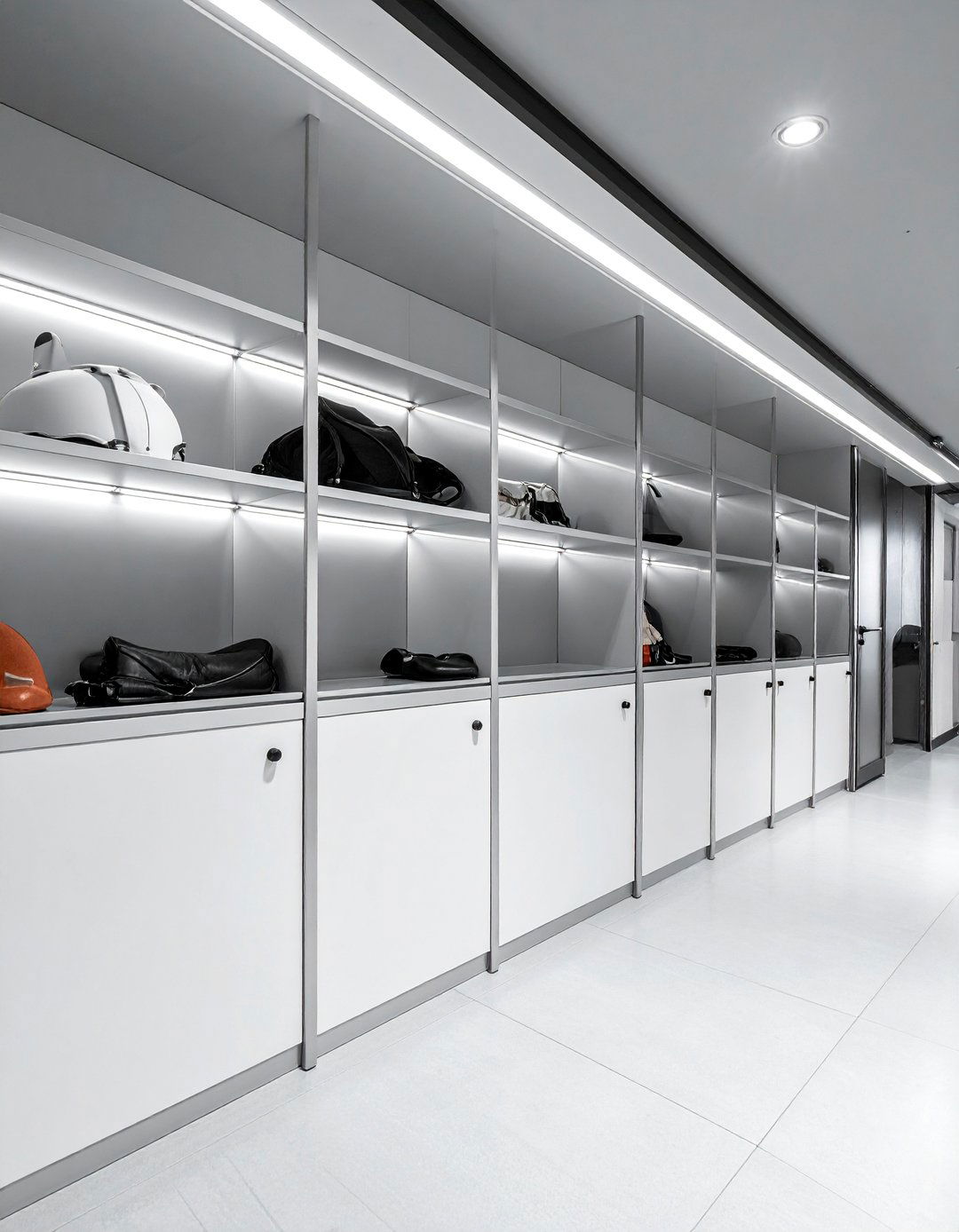
Clean lines and neutral colors define this contemporary approach to equestrian organization. Wall-mounted storage systems feature sleek chrome rails and modular components that adapt to changing needs. Hidden compartments behind smooth cabinet doors maintain the uncluttered aesthetic while providing ample storage for grooming supplies and equipment. LED strip lighting creates even illumination without harsh shadows, making equipment selection effortless. The minimalist design emphasizes functionality through carefully planned vertical storage that maximizes wall space. High-quality materials like brushed aluminum and laminated surfaces resist moisture while maintaining their pristine appearance. This style particularly appeals to riders who appreciate sophisticated simplicity and efficient workflow in their daily routines.
3. Traditional English Stable Theme
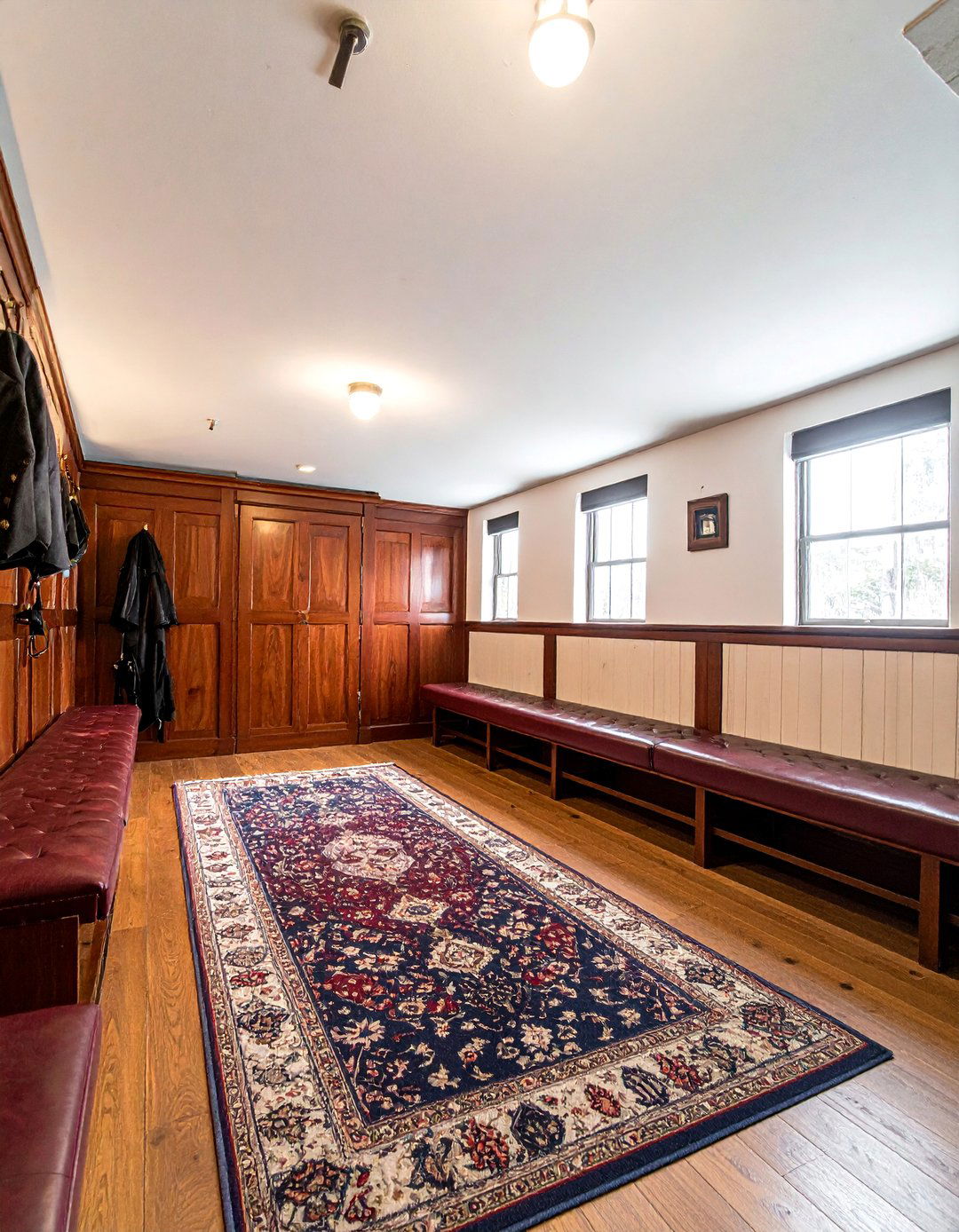
Rich mahogany panels and brass fittings recreate the elegance of classic British tack rooms found in historic estates. Custom-built cabinetry features raised panel doors with traditional hardware, while leather-covered benches provide comfortable seating for boot changes. Brass nameplate holders and numbered bridle hooks maintain organization with formal dignity. The traditional design incorporates deep storage for hunt coats and formal attire alongside practical saddle racks finished in matching wood stain. Persian-style rugs and equestrian artwork complete the sophisticated atmosphere. Can you imagine the satisfaction of maintaining equipment in such refined surroundings? This timeless approach creates a sense of ceremony around daily horse care while providing exceptional organization and storage capacity for serious equestrians.
4. Climate Controlled Luxury Suite

Advanced environmental systems protect valuable tack through precise temperature and humidity control. This premium design features insulated walls, sealed storage compartments, and specialized ventilation that prevents mold and leather deterioration. Custom cabinetry with glass fronts showcases prized saddles while maintaining optimal conditions. Professional-grade dehumidifiers and heating systems ensure consistent climate regardless of outdoor weather conditions. Motion-sensor lighting activates automatically, while security features protect expensive equipment. The luxury suite includes comfortable seating areas with climate control extending to changing rooms and equipment maintenance stations. Premium materials like exotic hardwoods and stone surfaces create an environment worthy of championship-level tack investments. This approach represents the ultimate fusion of preservation technology and equestrian elegance.
5. Industrial Chic Storage Design

Exposed metal framework and concrete surfaces create a contemporary urban aesthetic that emphasizes durability and functionality. Steel pipe saddle racks and mesh storage baskets provide robust organization solutions that withstand heavy daily use. Industrial pendant lighting and galvanized metal accents complement the utilitarian design while maintaining visual appeal. This style incorporates repurposed materials like shipping containers or factory elements that add character while reducing costs. Polished concrete floors resist moisture and simplify cleaning, while powder-coated metal surfaces prevent rust and corrosion. The industrial approach particularly suits modern facilities where architectural elements echo contemporary design trends. Raw materials like untreated steel and exposed brick create striking contrasts that make equipment storage appear intentionally artistic.
6. Space Saving Wall Mount Systems
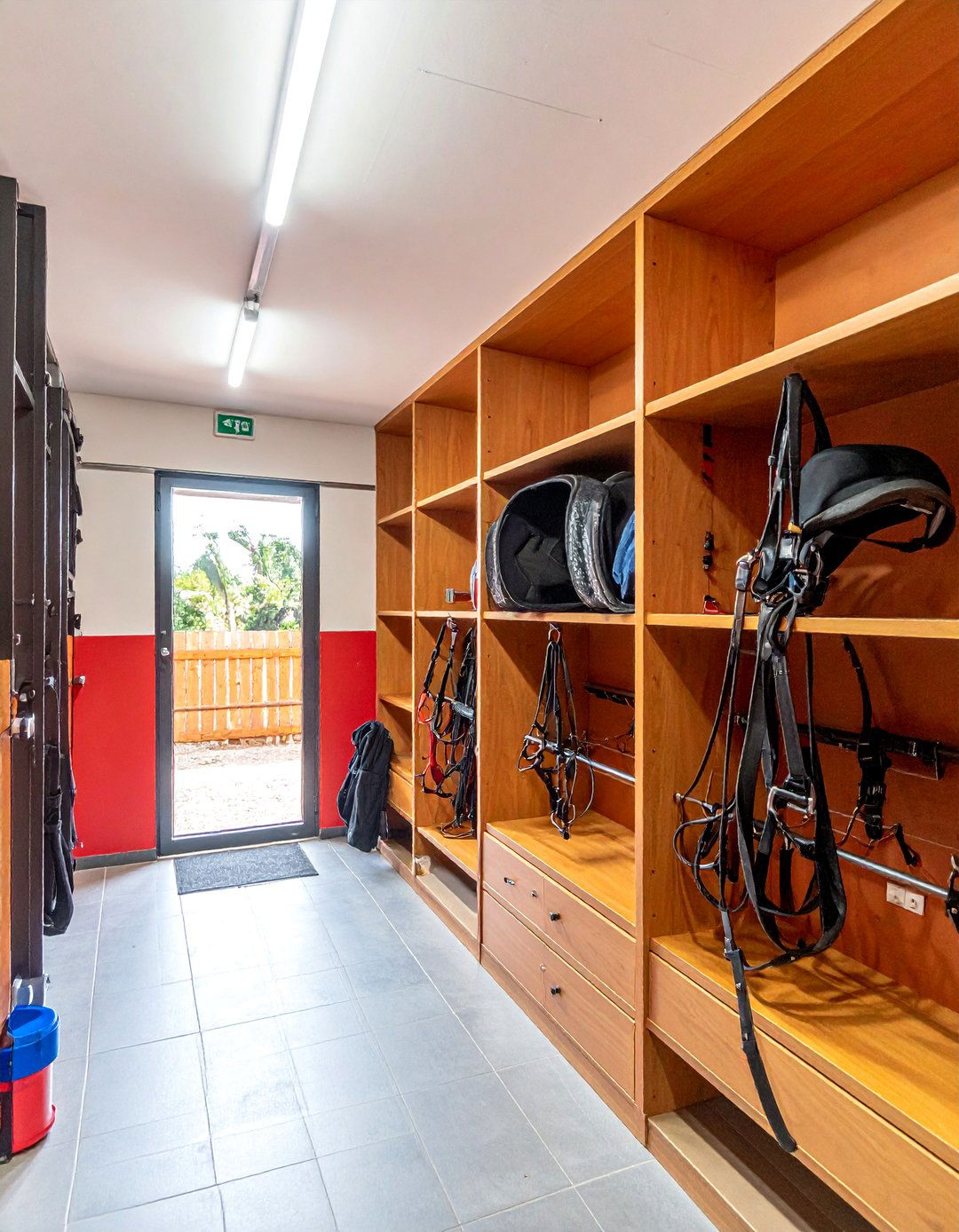
Vertical storage solutions maximize organization potential in compact areas through innovative wall-mounted components. Adjustable rail systems accommodate varying saddle sizes while fold-down racks disappear when not needed. Multi-level bridle storage utilizes height efficiently, with rotating mechanisms providing access to multiple pieces in minimal floor space. These systems incorporate quick-release mechanisms for easy equipment transport to showing venues. Strategic placement ensures frequently used items remain within easy reach while seasonal gear stores higher up. Does your current tack room waste valuable wall space that could improve organization? Modular components allow customization as needs change, making this approach ideal for growing programs or shared facilities where flexibility prevents conflicts between multiple users.
7. Portable Tack Organization Station

Mobile storage units provide flexibility for riders who travel frequently or share facilities with others. Rolling cabinets feature secure locks and weather-resistant construction suitable for transport between locations. Collapsible saddle racks and modular bridle holders pack efficiently while providing full functionality when deployed. This approach includes specialized travel cases with custom foam inserts that protect delicate equipment during transport. Mobile stations can relocate seasonally, moving from winter indoor areas to summer outdoor access points. The portable design accommodates riders who lease facilities or participate in extended competition circuits requiring temporary setup. Quality casters and lightweight construction ensure easy movement while maintaining stability during use. These systems prove especially valuable for young riders or those establishing new facilities.
8. Multi User Locker Layout
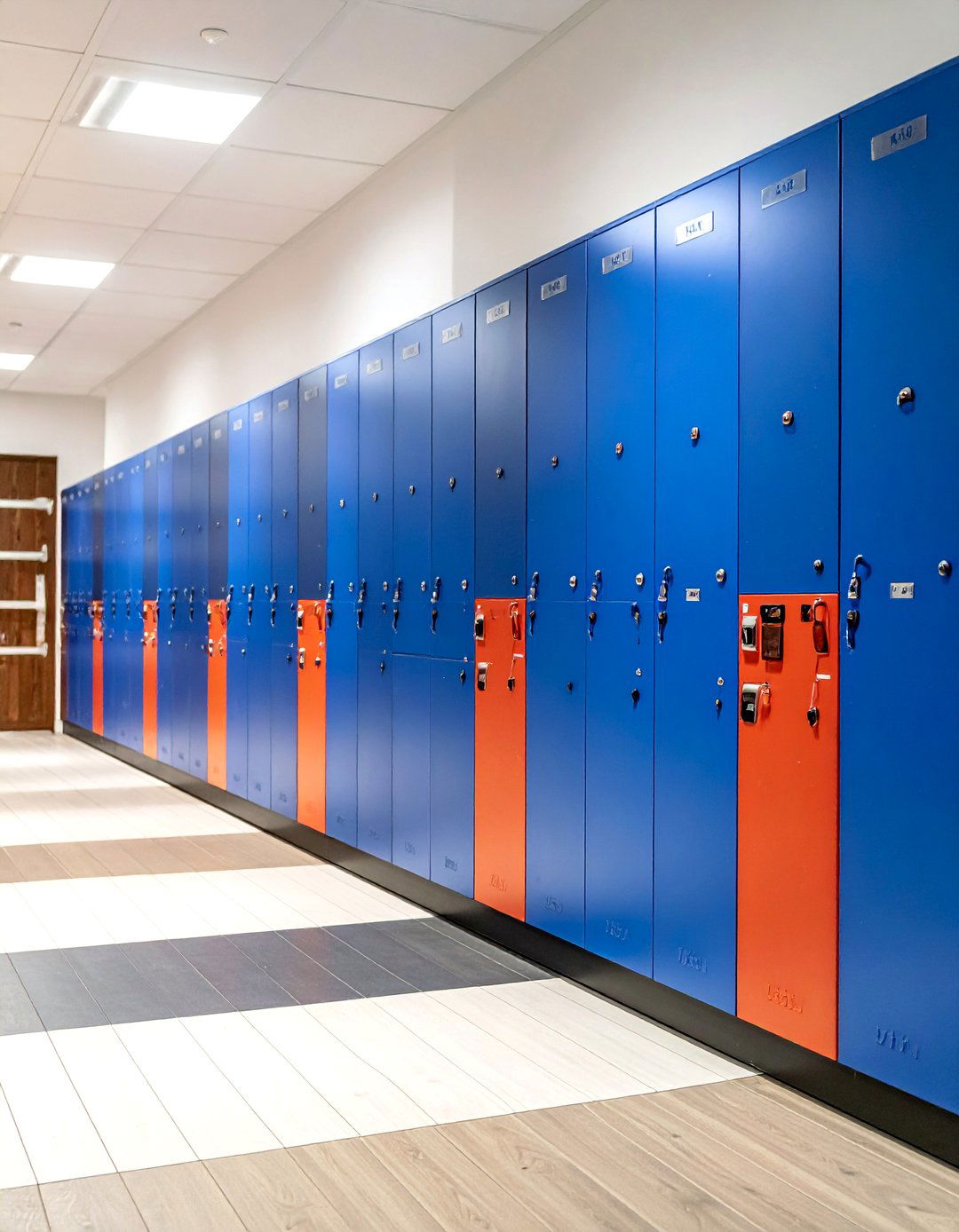
Individual storage assignments prevent equipment mix-ups in busy facilities while maintaining overall organization standards. Each locker includes dedicated saddle racks, bridle hooks, and secured compartments for personal items like helmets and boots. Standardized sizing ensures efficient space utilization while personalization options allow individual expression within organizational guidelines. This system incorporates master keys for facility management alongside individual locks for security. Locker interiors feature adjustable components that accommodate different disciplines and equipment types. Color-coding or nameplate systems facilitate quick identification while maintaining professional appearance. The multi-user approach proves essential for lesson programs, boarding facilities, or training barns where numerous riders require secure personal storage. Proper ventilation between units prevents moisture accumulation while maintaining air circulation throughout individual spaces.
9. Vintage Equestrian Display Room

Antique equipment and historical artifacts create an inspiring environment that celebrates riding heritage while providing practical storage. This design showcases vintage saddles, historical bits, and competition memorabilia alongside functional modern storage solutions. Period-appropriate lighting fixtures and furnishings maintain authentic atmosphere while meeting contemporary organizational needs. Display cases protect valuable historical pieces while inspiring appreciation for equestrian tradition. The vintage approach incorporates authentic materials like leather-bound trunks and wooden hat boxes that provide storage while maintaining historical character. Strategic arrangement creates conversation areas where riders can appreciate equestrian history while preparing for rides. This style particularly appeals to established facilities with rich competitive histories or collectors who want to share their passion for equestrian artifacts.
10. Smart Technology Integration Center
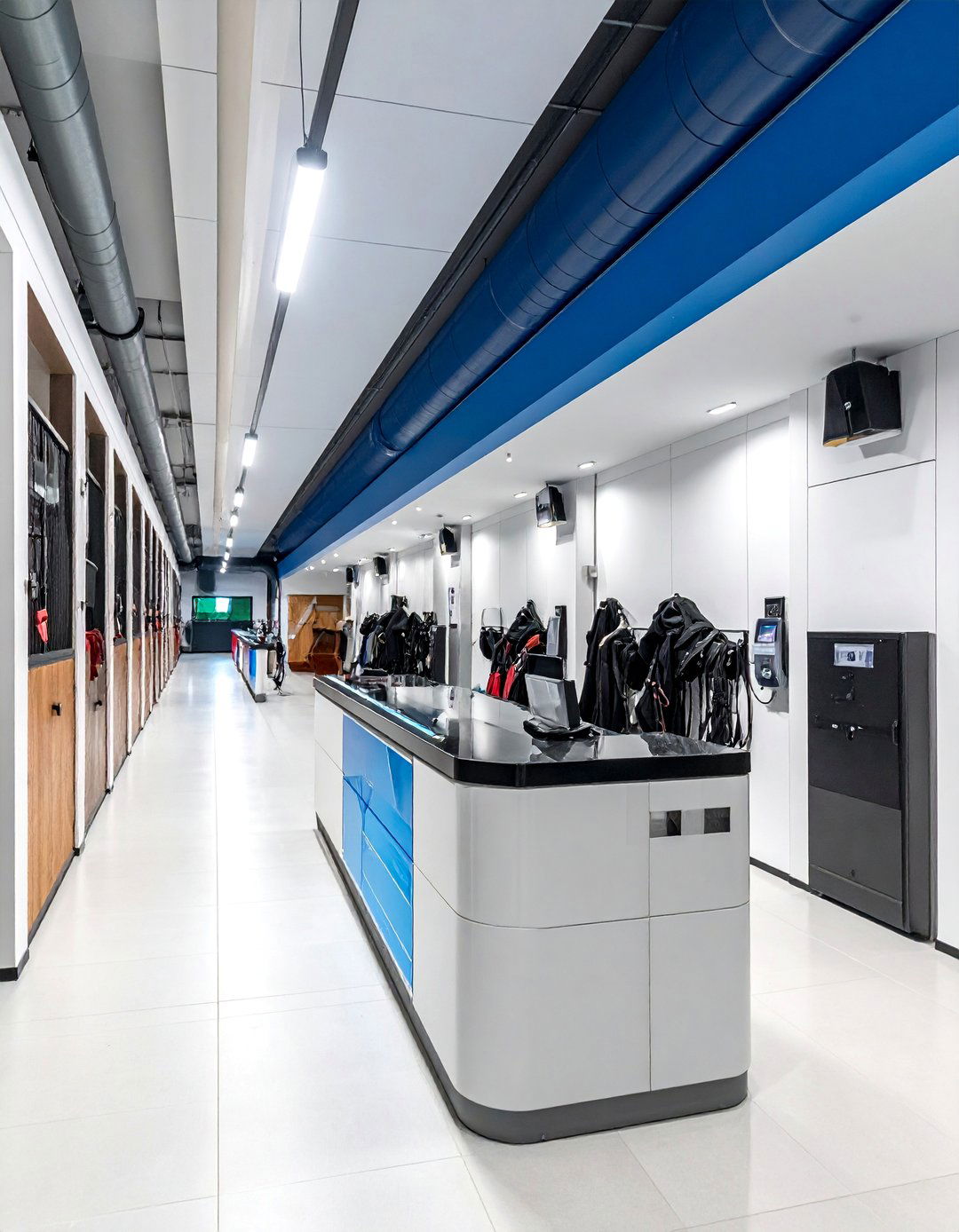
Advanced automation simplifies tack room management through digital inventory systems and climate monitoring. Smart sensors track environmental conditions while automated alerts notify managers of humidity changes or security concerns. Digital displays provide weather updates, scheduling information, and facility announcements visible throughout the storage area. This technology includes RFID tagging systems that track equipment usage and maintenance schedules. Automated lighting responds to occupancy while security cameras provide remote monitoring capabilities. Climate control systems adjust automatically based on weather predictions and seasonal requirements. How would automated equipment tracking change your daily barn routine? The smart approach incorporates charging stations for mobile devices and communication systems that connect with barn management software. These systems provide valuable data for facility optimization while simplifying routine maintenance tasks.
11. Color Coded Organization System
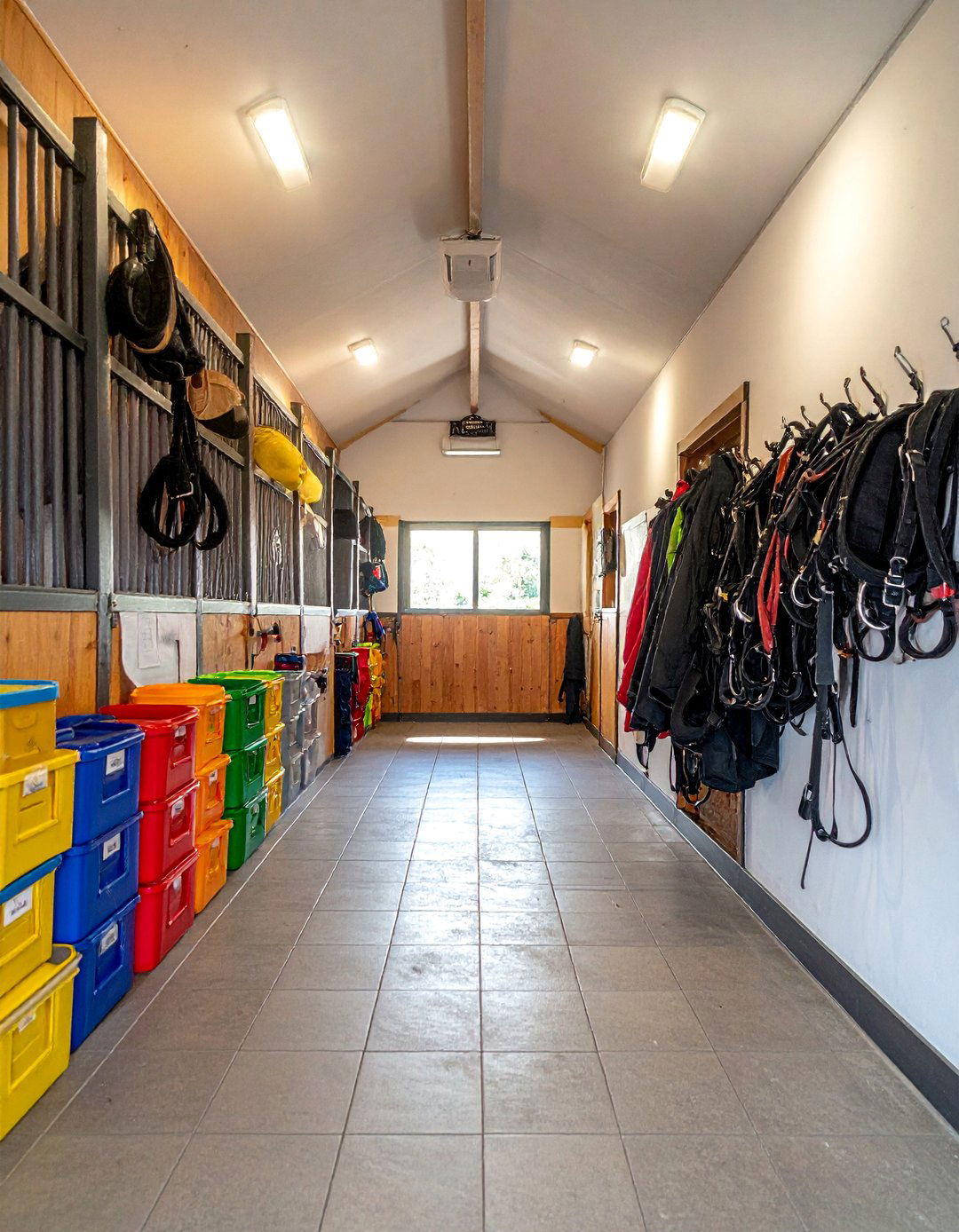
Strategic color schemes simplify equipment identification while creating visually appealing storage arrangements. Each horse or rider receives designated colors for halters, lead ropes, and storage containers that eliminate confusion during busy periods. Color-coordinated storage bins and labels maintain organization while adding visual interest to utilitarian spaces. This system extends to grooming supplies, first aid equipment, and seasonal gear that requires quick identification. The color approach works particularly well in teaching facilities where clear identification prevents mix-ups between student equipment. Seasonal color rotation accommodates changing needs while maintaining organizational consistency. Bright, durable colors withstand frequent cleaning while providing lasting visual appeal. The systematic approach reduces time spent searching for specific items while creating an inherently organized environment that encourages proper equipment return.
12. Boutique Style Tack Salon

Retail-inspired design creates an elegant environment where equipment care becomes a pleasurable experience. This sophisticated approach features specialized lighting that showcases leather quality while facilitating detailed cleaning and maintenance work. Comfortable seating areas and premium work surfaces encourage thorough tack care routines. The boutique style incorporates high-end display methods that make everyday equipment appear luxurious and well-maintained. Professional cleaning stations include hot water access and proper drainage for thorough equipment maintenance. Quality materials like marble countertops and hardwood cabinetry create an upscale atmosphere that reflects the value of quality tack. Does your current setup inspire pride in equipment maintenance? The salon approach includes specialized storage for cleaning supplies and tools that maintains organization while supporting meticulous care routines.
13. Modular Storage Building Blocks

Flexible component systems adapt to changing needs through reconfigurable storage elements. Standardized modules include saddle racks, bridle holders, and storage compartments that interconnect in multiple arrangements. This approach accommodates facility growth or program changes without requiring complete redesign. Modular elements can relocate to different areas as operational needs evolve. The building block concept includes specialized components for different disciplines while maintaining compatibility across the entire system. Quality construction ensures longevity while flexibility prevents obsolescence as programs develop. The modular approach particularly benefits new facilities where initial requirements may change as operations mature. Expansion capabilities allow gradual investment while maintaining organizational consistency throughout facility development. These systems prove cost-effective for growing programs that need adaptable solutions.
14. Natural Light Showcase Design

Strategic window placement and skylight installation create bright, airy environments that enhance equipment visibility and facility appeal. Natural lighting reduces electricity costs while creating pleasant working conditions for daily tack care routines. The design incorporates light-colored surfaces and reflective materials that maximize available daylight throughout storage areas. Seasonal sun angles inform window placement that provides consistent illumination while preventing harsh glare or excessive heat buildup. Natural light helps riders assess equipment condition accurately while creating inviting spaces that encourage proper maintenance habits. The bright environment naturally discourages pest activity while promoting good ventilation. Quality window treatments allow light control during different activities while maintaining security when facilities are unoccupied. This approach particularly benefits facilities in northern climates where natural light becomes precious during winter months.
15. Compact Corner Tack Nook
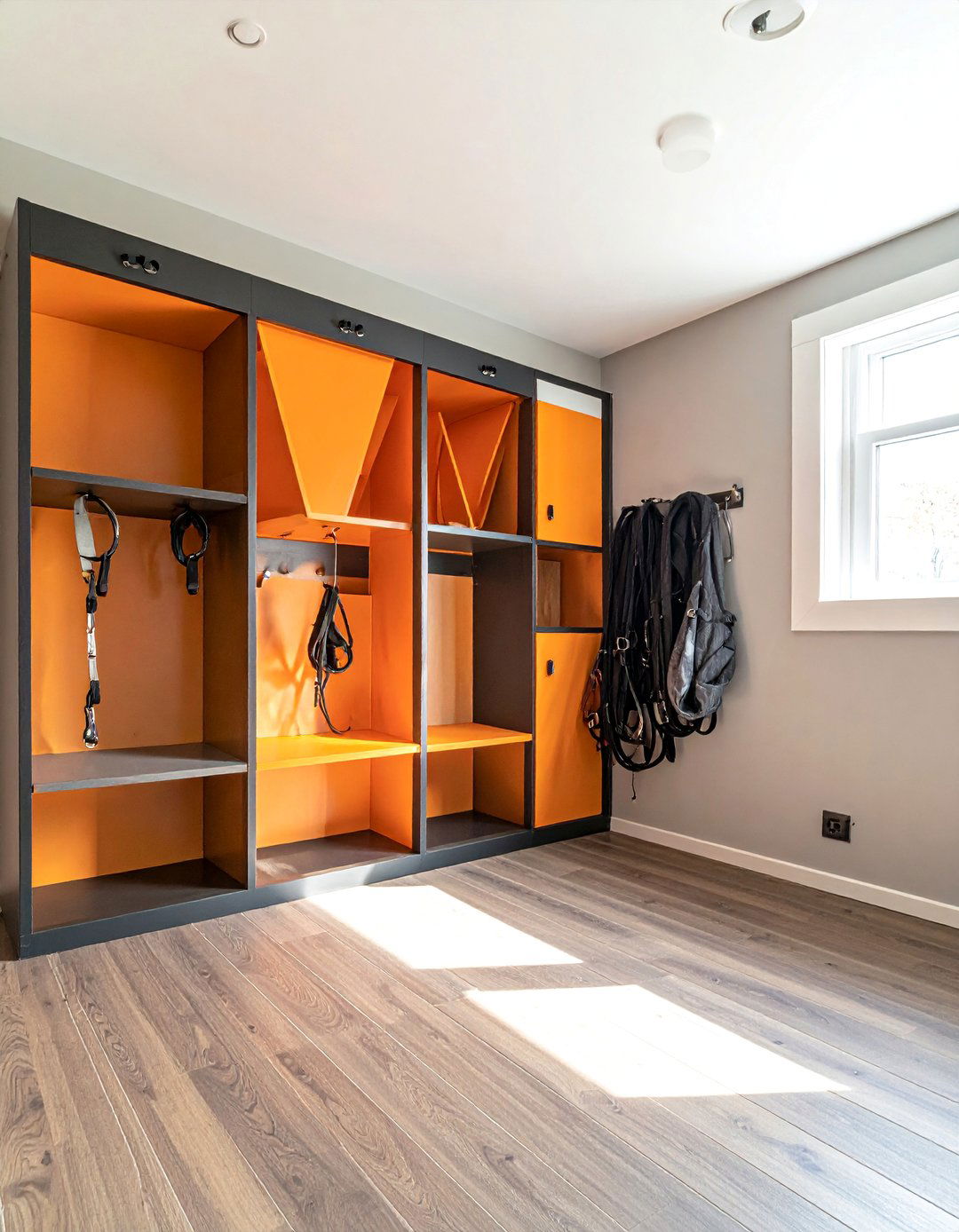
Efficient corner utilization creates functional storage in space-limited situations through clever vertical design and multifunctional furniture. Corner-specific saddle racks maximize wall intersection areas while triangular storage units fit perfectly into angular spaces. This design incorporates fold-down work surfaces and hidden storage compartments that maintain clean lines while providing essential functionality. The compact approach requires careful planning to ensure adequate circulation and access to stored equipment. Creative solutions like ceiling-mounted pulley systems utilize overhead space for seasonal equipment storage. Every inch serves multiple purposes through thoughtful design that accommodates essential storage without feeling cramped. Can creative design transform your unused corner into valuable storage space? The nook concept proves perfect for private facilities or urban settings where space comes at a premium.
16. Open Concept Tack Gallery

Spacious layout eliminates walls and barriers while maintaining organization through strategic equipment placement and visual zones. This design creates flowing spaces where riders can easily access equipment while appreciating the full scope of their collections. Open concepts work particularly well in newer facilities with high ceilings and abundant square footage. The gallery approach incorporates artistic equipment displays that showcase quality tack while maintaining practical accessibility. Central islands provide work surfaces and additional storage while maintaining sight lines throughout the space. This style encourages social interaction among riders while facilitating shared equipment use in training facilities. The open design requires excellent organizational habits since everything remains visible, but rewards discipline with impressive visual impact and operational efficiency.
17. All Weather Covered Workspace
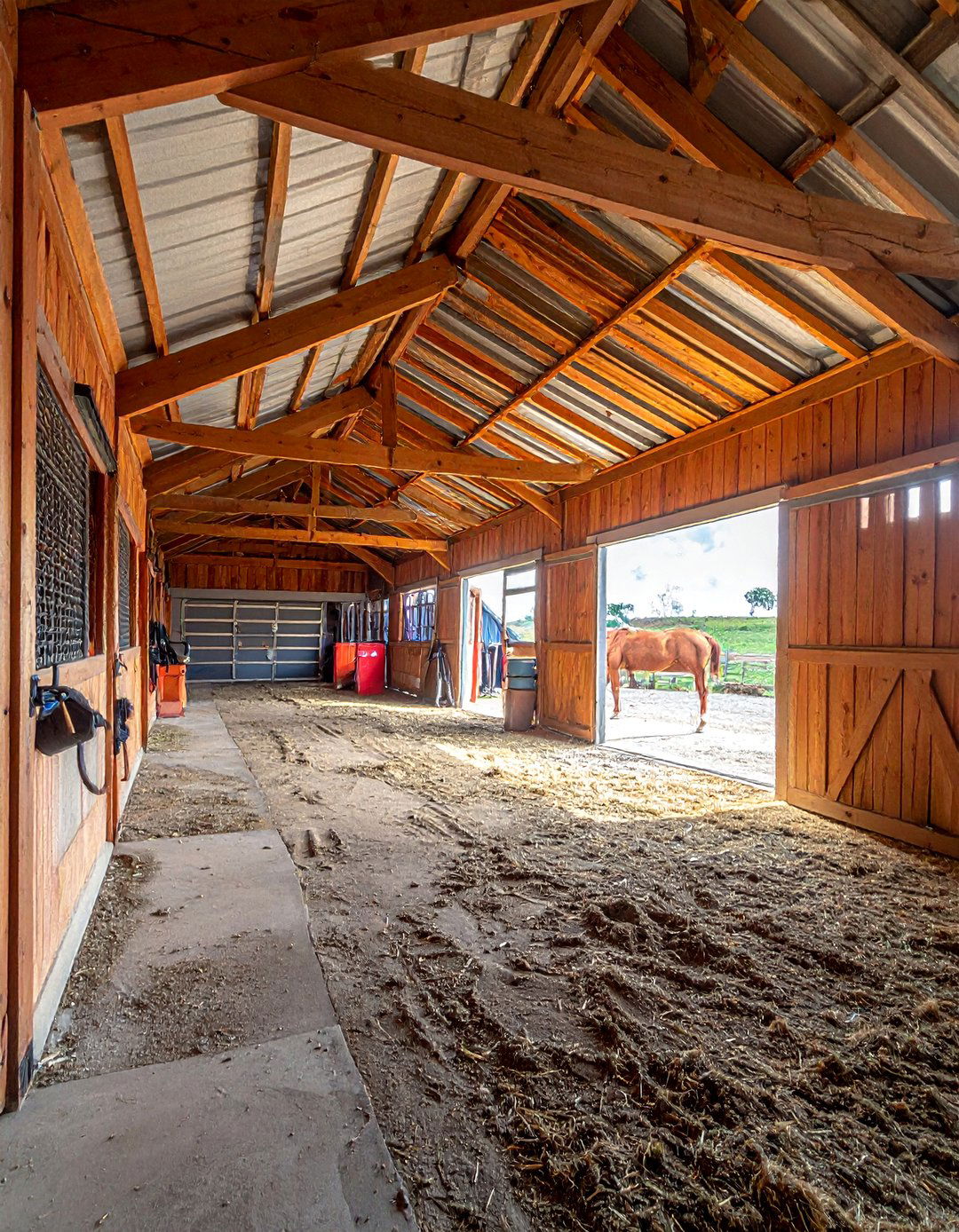
Protected work areas extend tack room functionality into adjacent spaces through covered pavilions and weatherproof storage solutions. This design accommodates equipment cleaning and maintenance activities that benefit from outdoor ventilation while remaining protected from precipitation. Covered areas include electrical service for clipping and equipment maintenance alongside proper drainage for washing activities. The workspace design incorporates mobile storage that moves between indoor and outdoor areas as weather conditions dictate. Natural ventilation prevents chemical odor accumulation while maintaining comfortable working conditions. Quality roofing materials and wind barriers ensure year-round usability regardless of climate conditions. This approach particularly benefits facilities in mild climates where outdoor work proves pleasant and practical. The covered concept extends facility capacity without requiring expensive enclosed construction while maintaining professional operational standards.
18. Themed Competition Corner

Specialized storage celebrates specific disciplines through targeted organization systems and motivational displays. This design accommodates unique equipment requirements for dressage, jumping, western performance, or driving while maintaining efficient organization. Competition-focused storage includes specialized racks for formal attire, ribbon displays, and trophy cases that celebrate achievements. The themed approach incorporates discipline-specific color schemes and decorative elements that inspire excellence and pride in presentation. Quality presentation standards encourage attention to detail that carries into competitive performance. Storage systems accommodate specialized equipment like dressage whips, jumping helmets, or western chaps that require specific care and organization. The competition corner creates dedicated preparation areas where riders can focus on detail-oriented presentation without distraction from general barn activities.
19. Eco Friendly Sustainable Setup
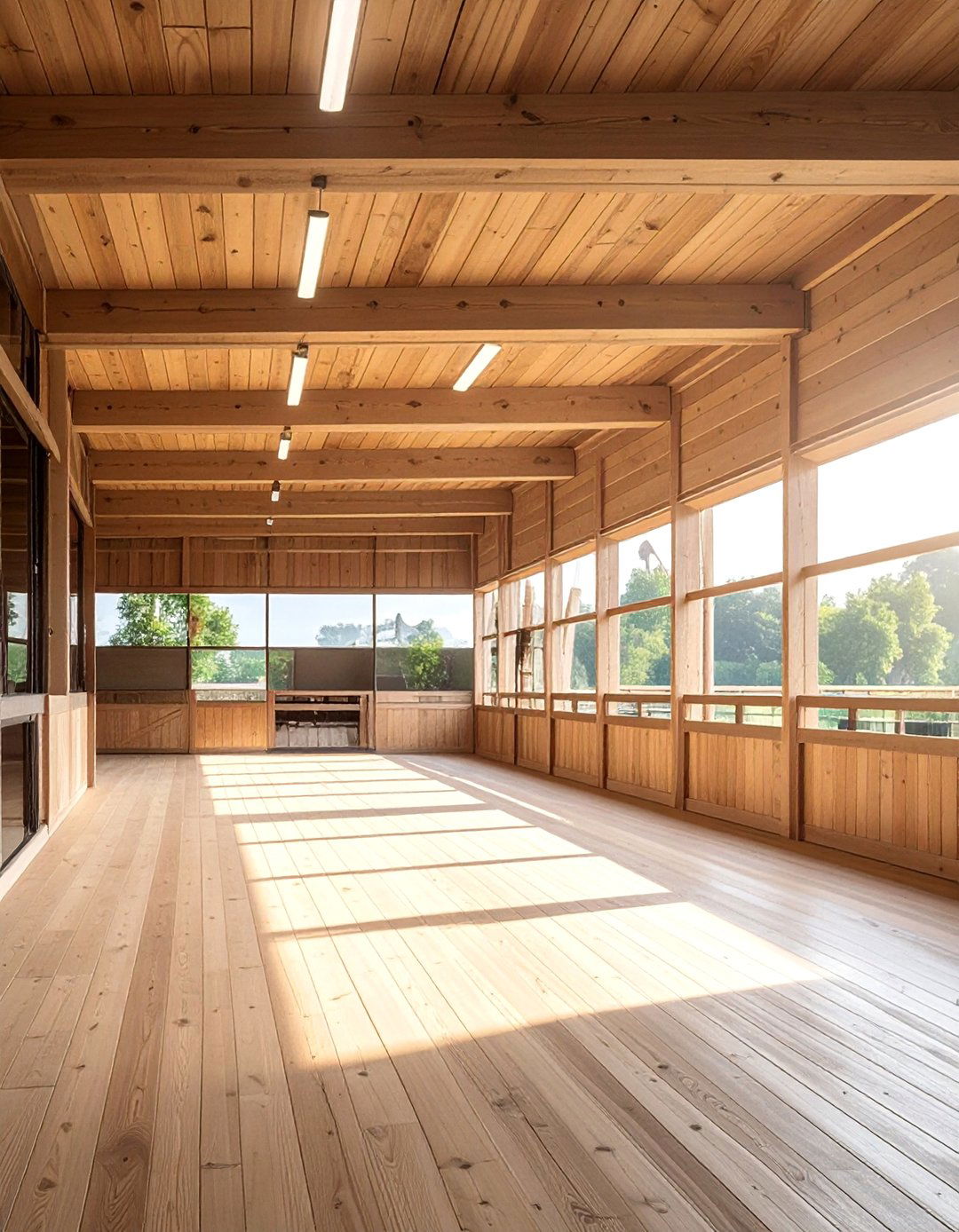
Environmentally conscious materials and energy-efficient systems create responsible storage solutions that minimize environmental impact. This design incorporates reclaimed lumber, low-VOC finishes, and sustainably sourced materials that maintain quality while supporting ecological responsibility. Solar lighting and rainwater collection systems reduce resource consumption while maintaining full functionality. The sustainable approach includes composting systems for organic waste and recycling programs for equipment packaging. Energy-efficient LED lighting and occupancy sensors minimize electrical consumption while providing excellent illumination. Natural ventilation systems reduce mechanical heating and cooling requirements while maintaining optimal conditions for equipment preservation. The eco-friendly design demonstrates commitment to environmental stewardship while providing practical benefits like reduced operating costs and improved air quality. This approach appeals to environmentally conscious riders who want their facilities to reflect personal values.
20. Professional Show Barn Standards

Competition-ready organization systems maintain championship-level presentation standards through meticulous attention to detail and premium materials. This design incorporates show-quality storage solutions that protect equipment while facilitating rapid preparation for competition environments. Professional standards include specialized cleaning stations, formal presentation areas, and equipment staging zones that support competitive excellence. The show barn approach features premium finishes and attention to visual details that reflect the quality of horses and riders using the facility. Climate control systems maintain optimal conditions for valuable show equipment while security measures protect substantial investments. Professional organization extends to inventory management systems that track equipment condition and replacement schedules. Does your current setup support the level of presentation your competitive goals require? This approach creates environments where attention to detail becomes habitual, supporting competitive success through systematic excellence.
Conclusion:
These twenty comprehensive tack room ideas demonstrate how thoughtful design transforms simple storage into functional, beautiful spaces that enhance every aspect of equestrian life. From budget-friendly DIY solutions to luxury climate-controlled environments, each approach addresses specific needs while maintaining the fundamental goal of protecting valuable equipment. Whether you're drawn to rustic charm, modern efficiency, or traditional elegance, successful tack room design begins with understanding your specific requirements and available space. The most effective solutions combine practical storage with personal style preferences, creating environments that inspire proper equipment care while reflecting individual taste. Investment in quality organization systems pays dividends through extended equipment life, improved efficiency, and enhanced facility appeal. These comprehensive approaches prove that excellent tack room design requires consideration of multiple factors including climate control, security, accessibility, and aesthetic appeal to create truly functional equestrian spaces.

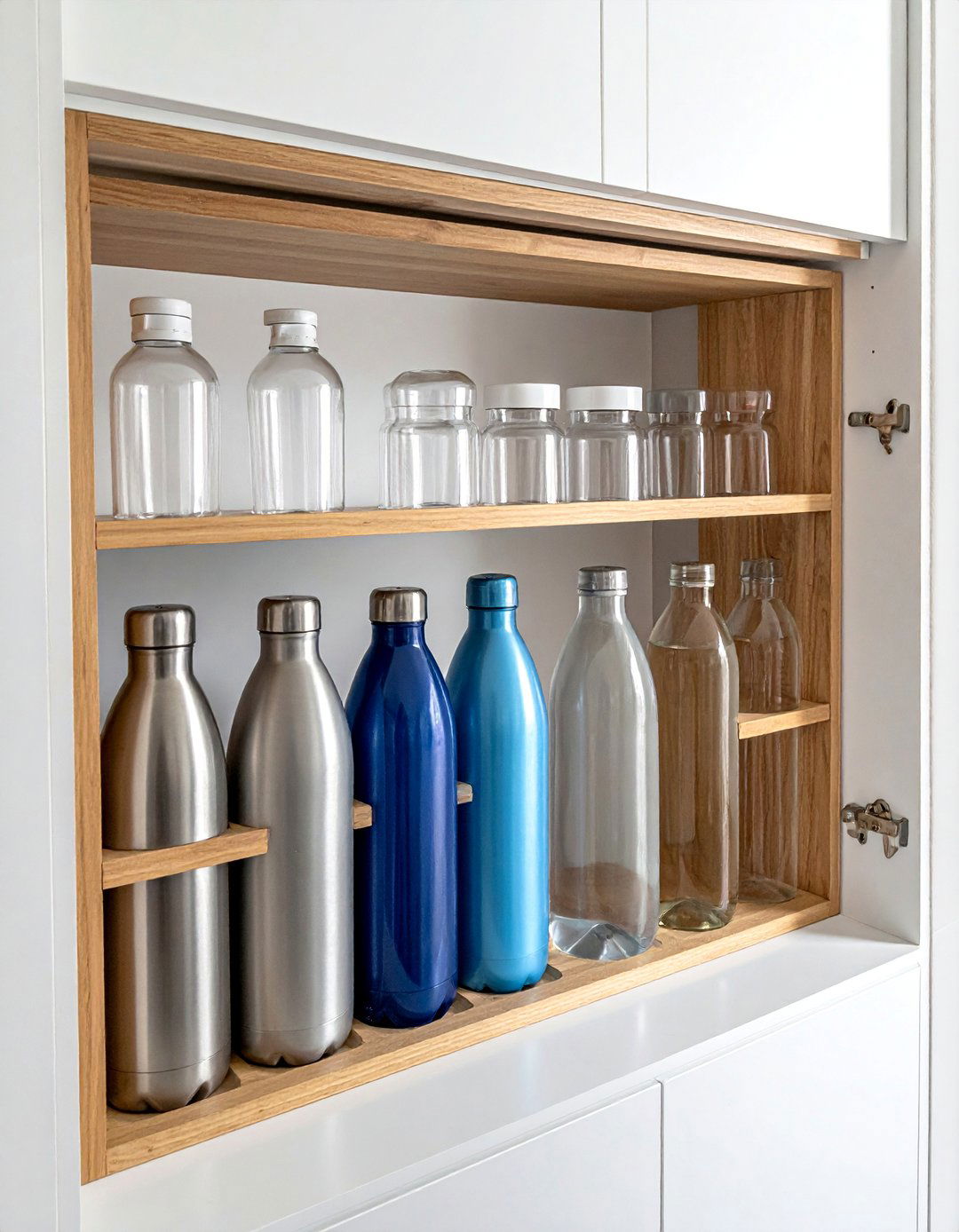
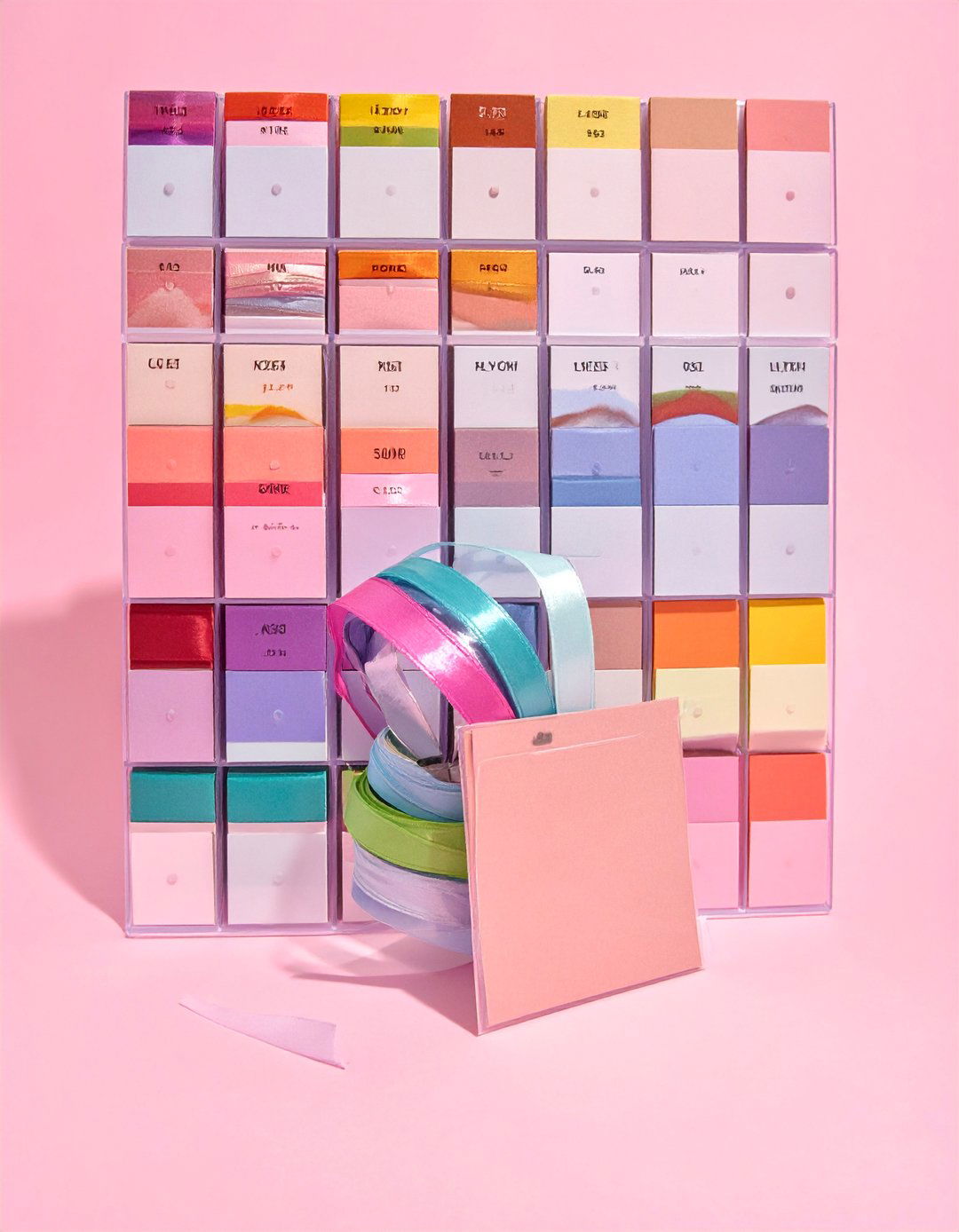


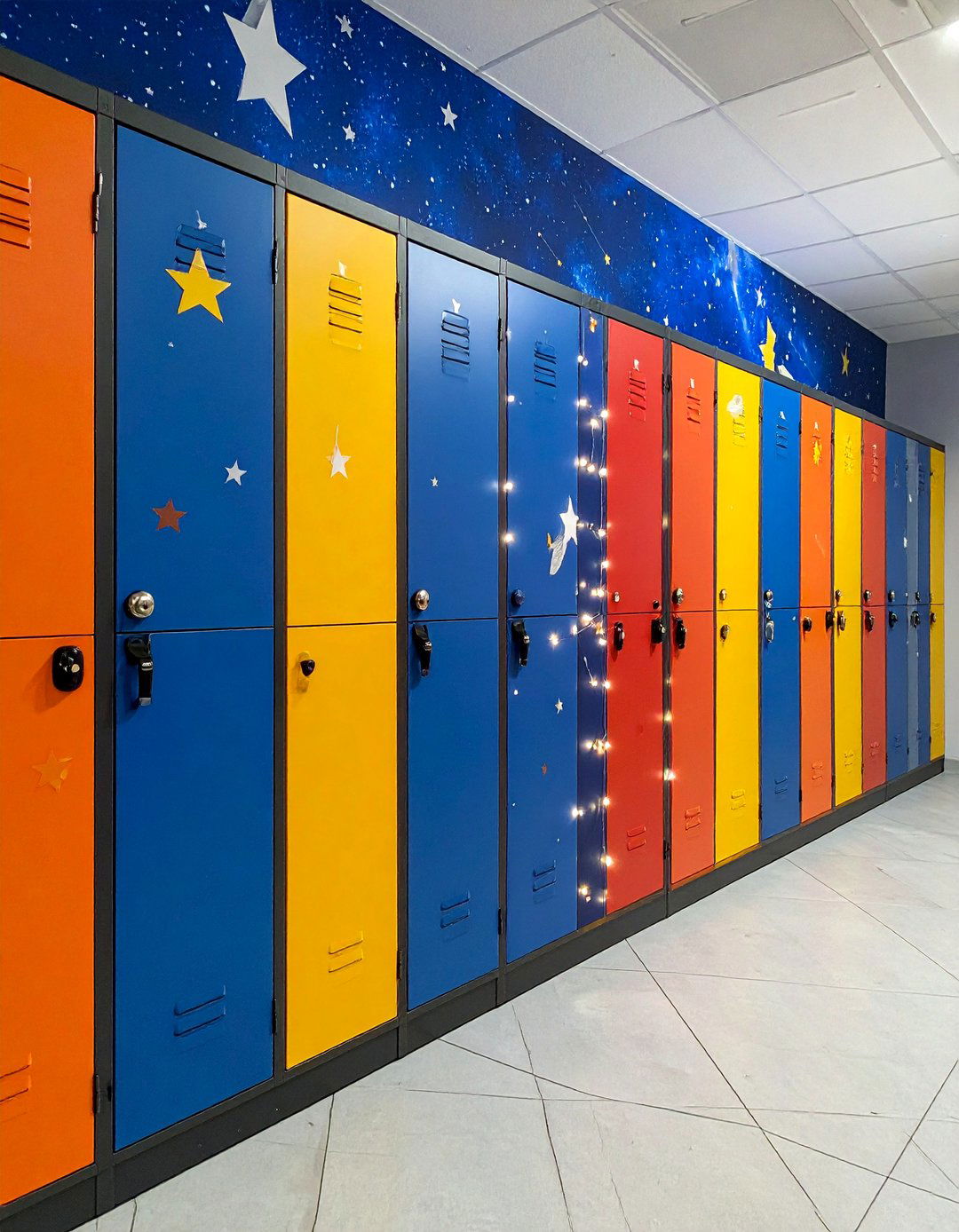
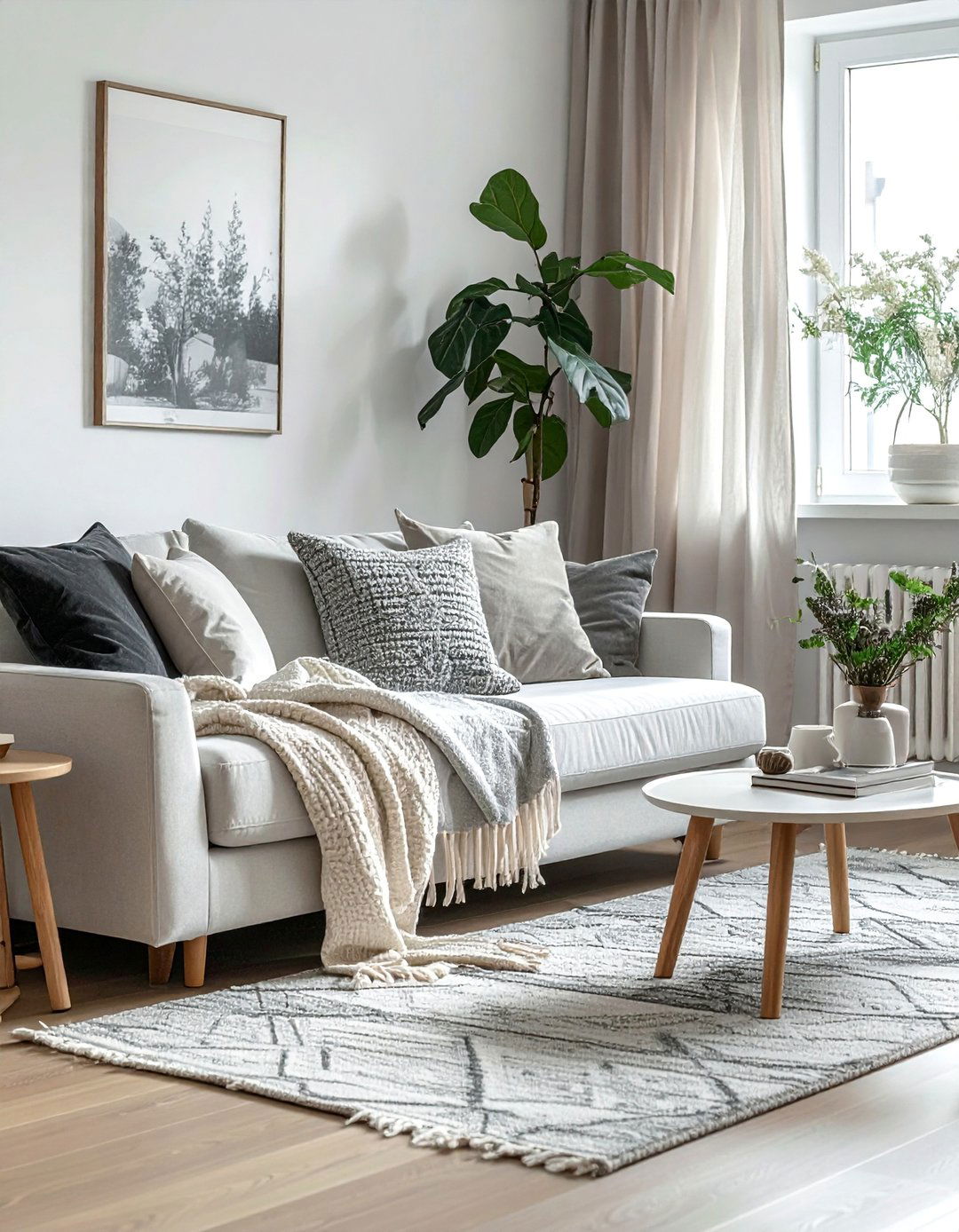
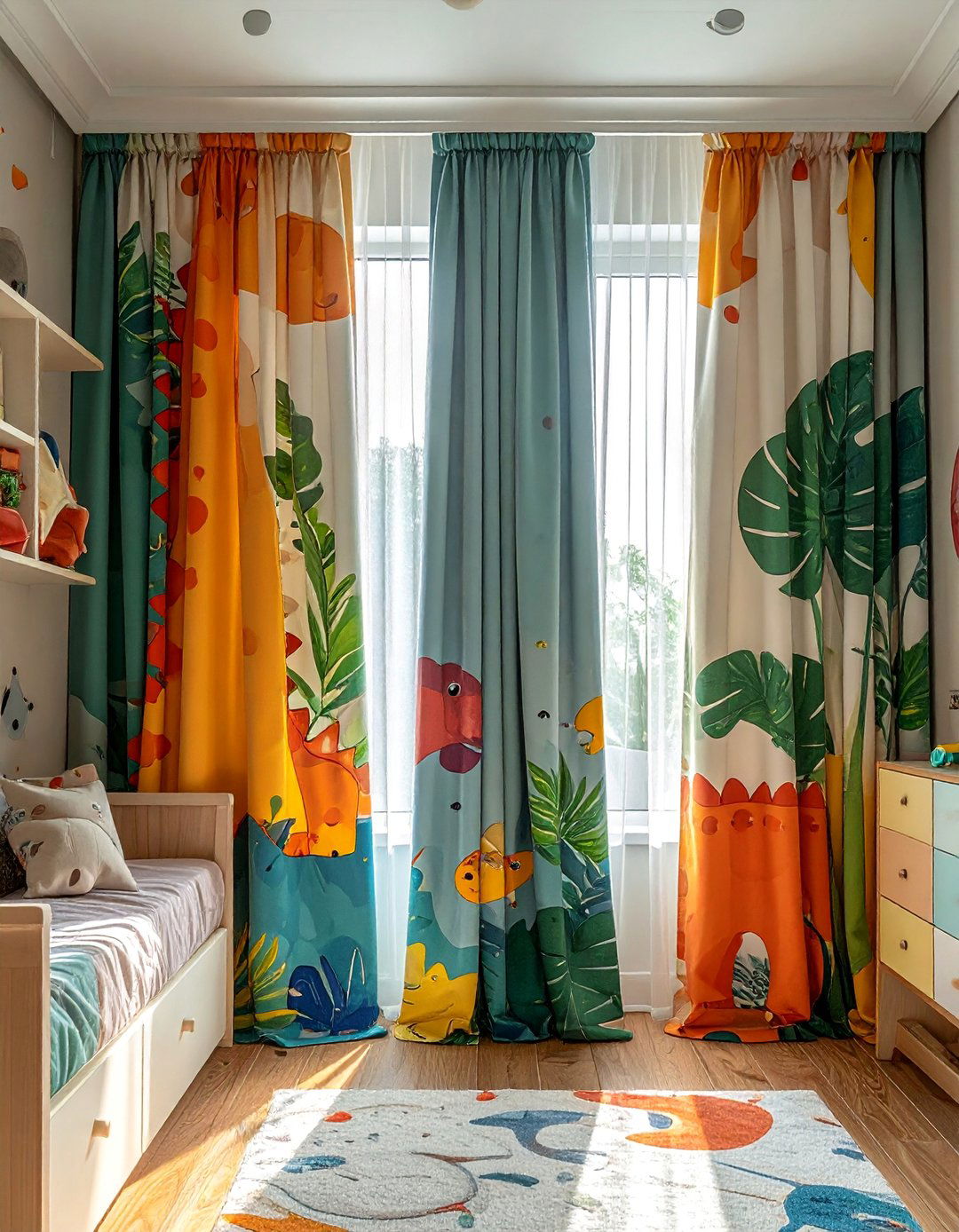
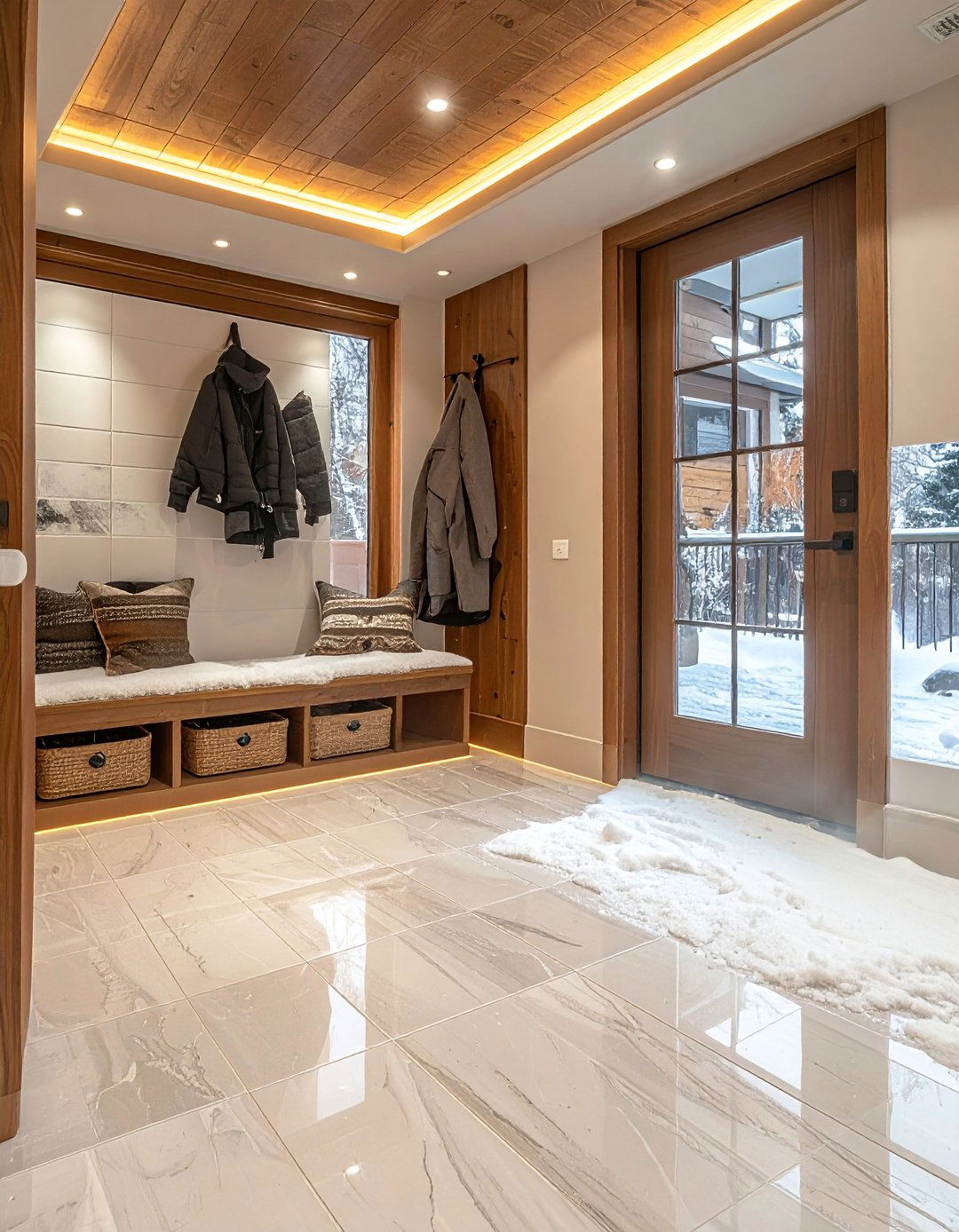
Leave a Reply